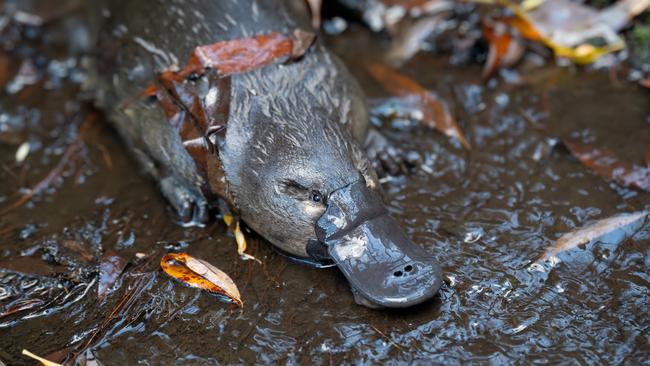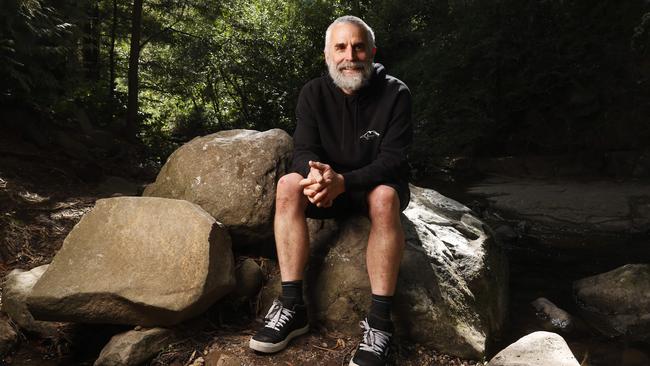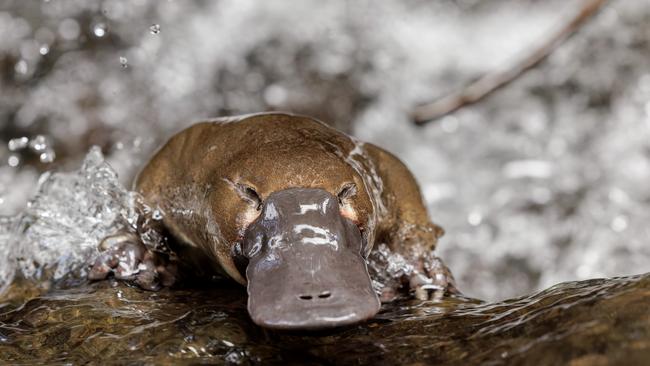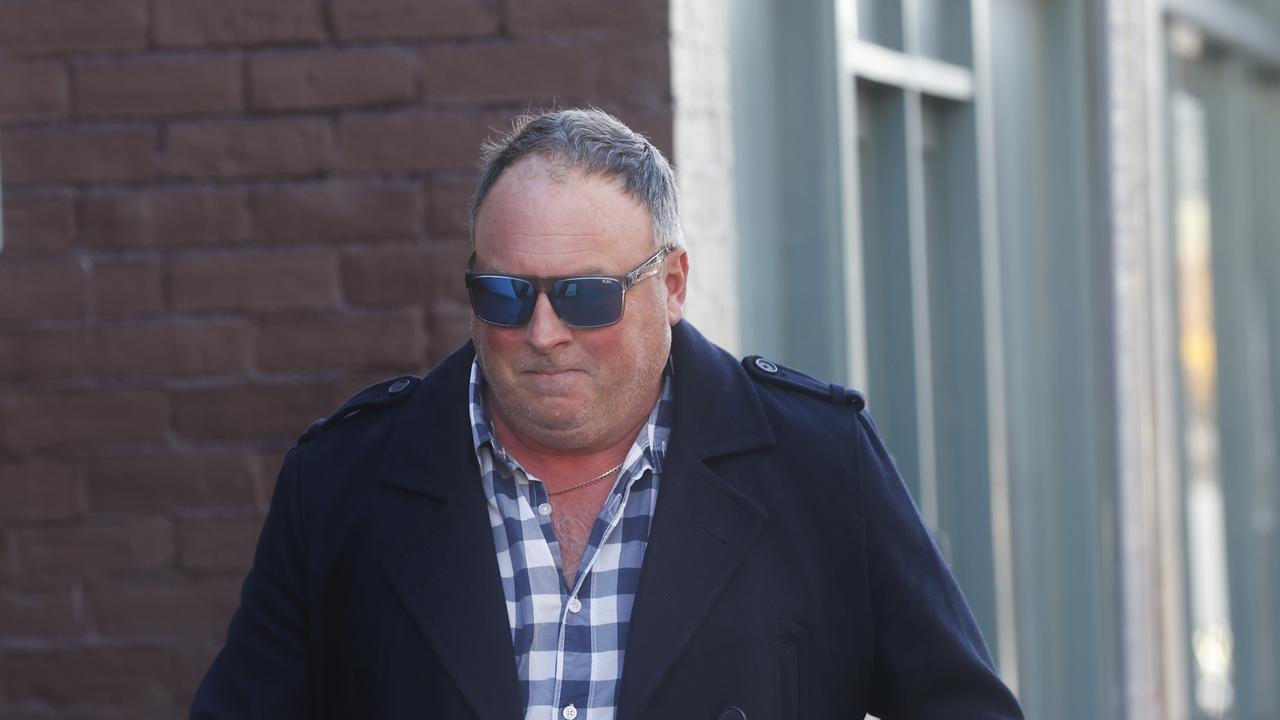Platypus behaviours and habits on show: Platypus Pete hosting informative summer rivulet tours
‘When you see that happening in front of you it is just amazing’: Despite his years of knowledge, Hobart’s own ‘platypus guardian’ is still amazed by the animal. How he’s sharing his knowledge.

Tasmania
Don't miss out on the headlines from Tasmania. Followed categories will be added to My News.
Platypus are “amazing creatures” with plenty of hidden talents and “gadgets” according to the “platypus guardian” Pete Walsh, who is hosting informative walks through the rivulet over the summer.
Mr Walsh will teach participants about platypus habitats, behaviours, challenges, his best platypus-spotting strategies and his favourite fun facts.
“The females, just for a few days a year, their tails turn into another hand and they use that when they are collecting their nesting materials with their bill and they tuck it in their curled up tail,” Mr Walsh said.
“They will do it non-stop for 12 hours just collecting stuff and taking it back to the nesting burrow.
“When you see that happening in front of you it is just amazing.”
He was speaking ahead of the first platypus walk summer field trip in partnership with Beaker Street.
Mr Walsh hosted walks during the Beaker Street Festival with a 100 per cent platypus spotting success rate for each tour.

Over four dates in January and February to encompass the breeding season, Mr Walsh will host a regular walk and a family friendly mini-walk teaching participants all about the animal and how to help protect the environment for its future.
Mr Walsh said platypus spurs and venom were some of his favourite “gadgets” as well as heat exchanging blood vessels that allow the monotreme to be in freezing waters all day.
“I could last about five minutes without a wetsuit but they’ve got a few gadgets inside their body that let them do that,” Mr Walsh said.
The South Hobart resident became the face for the plight of the Hobart rivulet platypus after he started observing them during COVID-19 lockdowns and came across a platypus that had a plastic band around its bill.
He said in that moment he realised he “had to do something, not just enjoy nature but care for it actively”.

He started the Hobart Rivulet Platypus project which gained traction straight away — receiving a message from the mayor within the first hour.
Mr Walsh said in the years since it has been amazing to see people taking ownership of the health of the waterway.
“The locals have really gotten into it — the number of people you see looking for platypus along the rivulet and the kids just picking up rubbish by themselves is terrific.”
He said the health of the Hobart Rivulet has “not really” improved over the years and although platypus could live in sewerage, the food they eat cannot.
He said two big improvements to the health of the waterway have come from efforts from the revived Hobart rivulet bushcare group and the willow removal program being undertaken by the City of Hobart.
“Change is slow,” Mr Walsh said.
“But there is the promise of change which is pretty cool, that wasn’t there before.”
More information and tickets for the walks can be found at https://www.beakerstreet.com.au/field_trips/platypus-walks/
More Coverage
Originally published as Platypus behaviours and habits on show: Platypus Pete hosting informative summer rivulet tours





